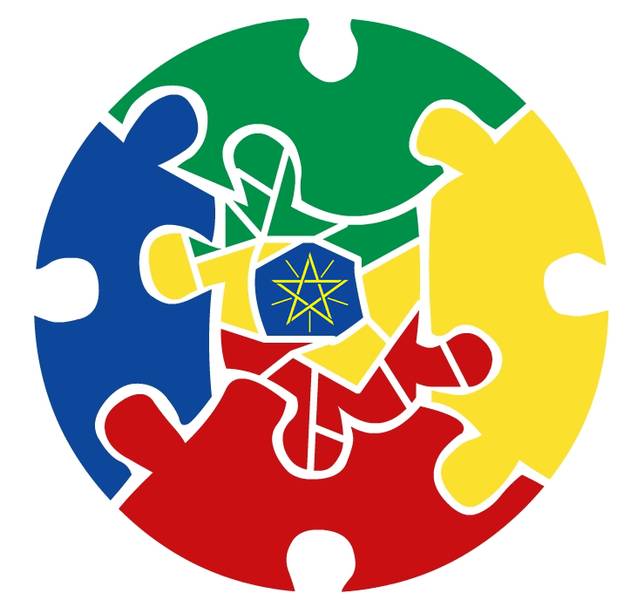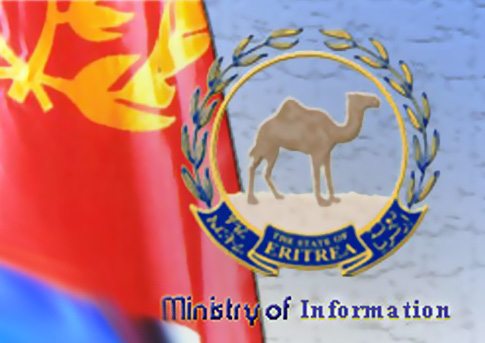(By Ronald Njoroge and Chris Mgidu)
Kenya is hosting a forum here to review the role of media in the coverage of terrorism as the military warned that attacks by Somali militant group ‘al-Shabaab’ in Kenya have increased by 22.7 percent since 2012.
Chief of Kenyan Defense Forces General Julius Karangi told journalists in Nairobi that the ‘al-Qaida’ linked militant group has solely relied on the mass and social media in order to propagate its agenda.
“Reporting on terrorism therefore should be well calculated by the media so as to deny the terrorists the platform to propagate their selfish intentions but at the same time inform the public,” Karangi said during a forum to discuss how the media covered last year’s Nairobi mall terrorists attack.
Over 100 stakeholders attended the meeting to review the role of the media in the four day siege that claimed over 60 lives.
The Somali-based Islamic group has stepped up attacks on Kenya soil, since Kenya’s military incursion into Somalia in October 2011.
Karangi said that the four terrorists who were responsible for the Westgate attack were killed during the government security operation.
“Their bodies are currently with the U.S. Federal Bureau of Investigations,” he said.
He noted that terrorism is a threat to global international peace.
“In order to achieve maximum publicity, the terrorists recognize that the best route to recognition is through the use of traditional news channels,” Karangi said.
Since the Westgate attack on September 21, 2013 attack on Nairobi’s Westgate Mall that killed at least 67 people, security forces have intensified their surveillance amid terror threats from Al-Qaida allied militants from Somali.
The enhanced security also comes amid reports that some of the Kenyan youths who had crossed to the Horn of Africa nation to join the militants are now back in the Coastal region after being discouraged by the constant military attacks on the militants’ strongholds and fallouts.
Four Somali nationals are faced with a total of seven counts including charges of giving of support to terrorist group in committing a terrorist act at Westgate shopping mall where more than 67 people perished and 200 others injured.
The military official said that the media serves as a megaphone for the merchants of terror and in the process increases their hold over the society.
He noted that in the international media, people rarely see live footage of activities when terrorists strike, unlike in Kenya where this is now becoming common.
“The media council needs to take cognizance of this as it gives the terrorists the oxygen they need to survive,” he said.
The military chief noted that the events that occurred during the Nairobi mall attack were covered live by most local and international media houses.
“This gave the militants a perfect chance to monitor activities that the government security forces were planning,” he said.
Karangi said the terrorists were able to feed the public with propaganda that was supposed to portray the security forces as being not up to the task.
“This is in sharp contrast with the 9.11 terror attack in the U. S. where the media fed the public with patriotic acts of Americans instead of showing people jumping from buildings,” he said.
Karangi said that the mass media should not magnify the terror threat as it will cause more fear among the people.
“Instead, it should assist the security forces in allaying fear and manage the terrorist’s acts,” he said.
He added that journalists who were embedded with the Kenya’s military inside Somalia displayed professionalism.
“The ability of the media, who are non-combatants to live and move as soldiers did so as bring the true story home, went beyond the call of duty,” he said.
Defense Cabinet Secretary Raychelle Omamo said that social media has now emerged as the new platform that terrorist are using to recruit and propagate their ideology.
Omamo said that the Nairobi mall attack last year was a relatively advanced psychological warfare operation.
“The militants primarily used Twitter to broadcast their goals as well as the behind-the-scenes events of the attack,” she said.
Omamo said that responsible journalism can be witnessed in various developed countries where the media has learnt how to handle crisis situations.
She urged the media to give ample time for the security officers to conduct their investigations whenever terror attacks occur.
“Usually terrorists don’t act alone as they are often supported by larger terror groups,” she said.
She noted that when the media exposes terror investigations, it allows the criminals to change their tactics thus making it a challenge for security elements to defeat the menace.
Omamo said that there is no scientific link between the cause and effect relationship of media coverage and the spread of terrorism.
“However, it is quite obvious that a situation arises where both media and terrorists adjust how they operate according to the actions of the other,” he said.
Media Council CEO Harun Mwangi said that Kenya’s media showed an aspect of patriotism in its coverage during the Nairobi mall attack.
“However, the media should refrain from making dangerous speculations about the terrorism while they cover such events,” he said.
Inspector General David Kimaiyo said that the police service is seeing a trend where terrorists tend to merger with each other.
“Reporting of terrorists act also tends to make the criminals more prominent,” Kimaiyo said.
********
Source: Xinhua via Coastnews, Feb. 2014, titled “Forum reviews role of Kenya media amid increasing militant attacks“.





